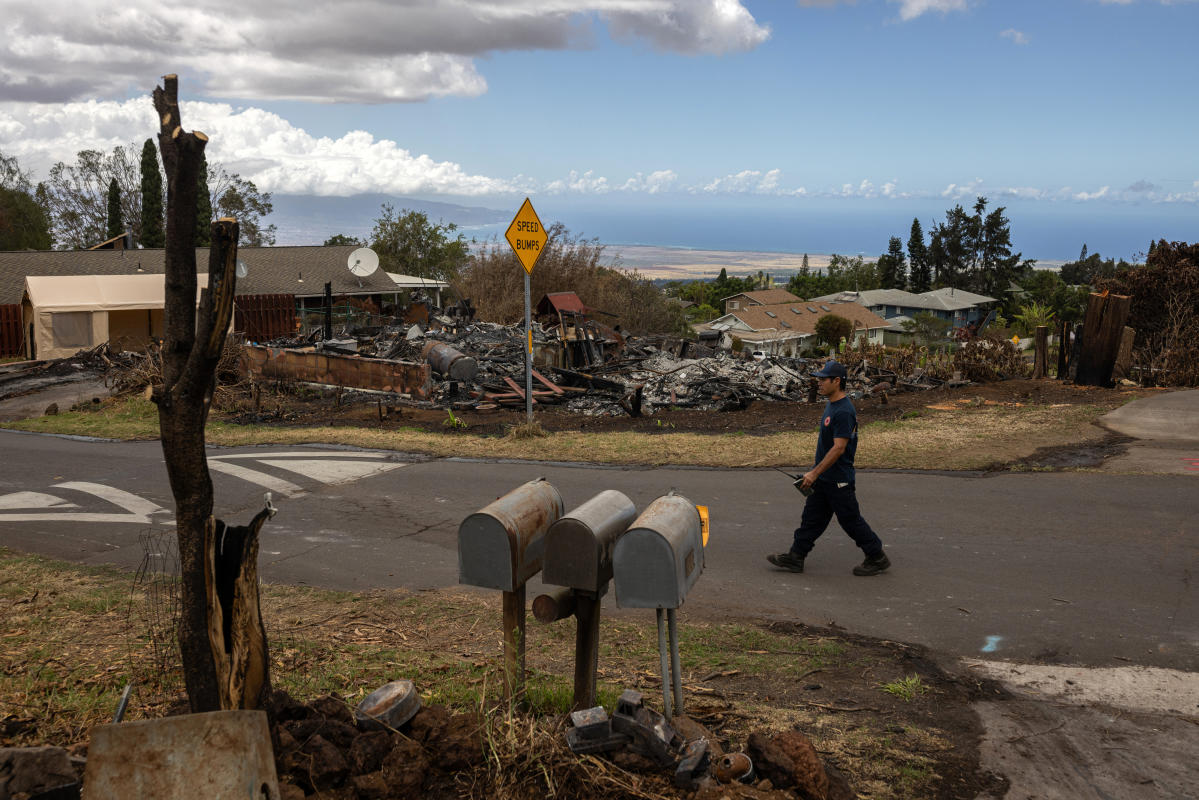jar546
CBO
Hurricane Ian, a force to be reckoned with, tore through southwest Florida, but it revealed a silver lining: newer structures, built according to updated building codes, stood resilient against its wrath. This resilience testifies to Florida's proactive response in strengthening building standards, particularly after the devastation caused by Hurricane Andrew in 1992.
Mike Silvers, a notable figure in the roofing sector, along with research findings from university professors and CoreLogic, have all converged on a consensus: buildings constructed or renovated according to the latest codes were significantly more resistant to the storm's fury. An illustrative example emerged from Fort Myers Beach, where an aerial survey depicted a stark contrast: while 18 homes built before 1981 were obliterated, a 2020-built house remained almost untouched. This newer house, representative of modern construction standards, wasn't just elevated but also boasted robust roofing and sturdy concrete block construction.
However, this progression in building safety isn't just about the past or present. Florida's legislature remains dynamically responsive to emerging challenges and needs. Senate Bill 4D, passed in May, is a prime example. It allows for roof repairs, rather than replacements if damage is limited to less than 25% of the surface. This shift potentially eases insurance claims and repair costs for homeowners, offering a more pragmatic approach to minor damages.
But the new bill has also ignited debates and uncertainties. One critical query arises: Should repaired roofs adhere to current codes or revert to standards from their original construction date? This question holds considerable importance for homeowners. If roofs are repaired to older standards, would they compromise the home's safety during future storms?
Moreover, some industry stakeholders argue that the bill seems to single out roofing companies, possibly infringing on constitutional guidelines. As this legal dispute unravels in the Leon County Circuit Court, major insurance corporations have entered the fray, suggesting the depth and breadth of the issue's impact.
For homeowners in Florida, the implications are manifold:
Mike Silvers, a notable figure in the roofing sector, along with research findings from university professors and CoreLogic, have all converged on a consensus: buildings constructed or renovated according to the latest codes were significantly more resistant to the storm's fury. An illustrative example emerged from Fort Myers Beach, where an aerial survey depicted a stark contrast: while 18 homes built before 1981 were obliterated, a 2020-built house remained almost untouched. This newer house, representative of modern construction standards, wasn't just elevated but also boasted robust roofing and sturdy concrete block construction.
However, this progression in building safety isn't just about the past or present. Florida's legislature remains dynamically responsive to emerging challenges and needs. Senate Bill 4D, passed in May, is a prime example. It allows for roof repairs, rather than replacements if damage is limited to less than 25% of the surface. This shift potentially eases insurance claims and repair costs for homeowners, offering a more pragmatic approach to minor damages.
But the new bill has also ignited debates and uncertainties. One critical query arises: Should repaired roofs adhere to current codes or revert to standards from their original construction date? This question holds considerable importance for homeowners. If roofs are repaired to older standards, would they compromise the home's safety during future storms?
Moreover, some industry stakeholders argue that the bill seems to single out roofing companies, possibly infringing on constitutional guidelines. As this legal dispute unravels in the Leon County Circuit Court, major insurance corporations have entered the fray, suggesting the depth and breadth of the issue's impact.
For homeowners in Florida, the implications are manifold:
- Safety First: Updated building codes aren't mere regulations; they're lifelines. Homes constructed or renovated under these stringent rules provide a safer haven during storms.
- Financial Implications: Enhanced resilience means reduced damage, translating to lower repair costs and insurance premiums. However, the new legislation's emphasis on repairs over replacements might further ease insurance claim processes and costs.
- A Call for Awareness: Homeowners must remain abreast of construction standards, especially if considering buying or renting properties in hurricane-prone zones. Understanding when a home was built and its adherence to specific codes could be a crucial factor in ensuring their family's safety.
- The Roof Over Their Heads: The debate over roofing standards in Senate Bill 4D underlines its importance. Homeowners must keep an eye on the outcome, as it will influence both the safety and the value of their homes.


